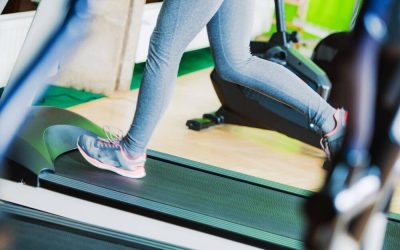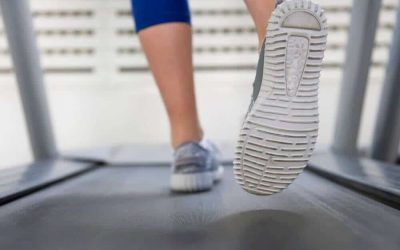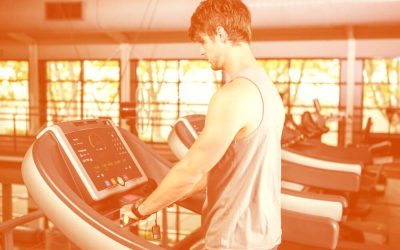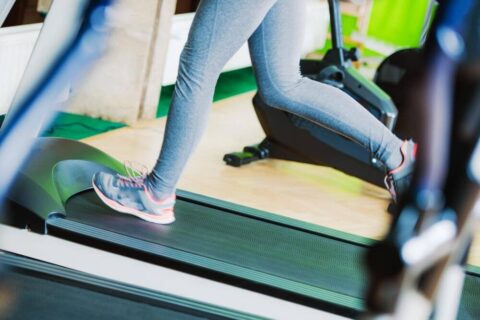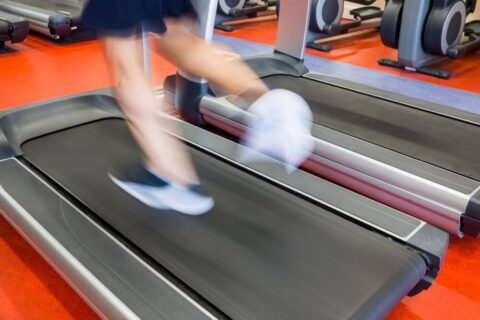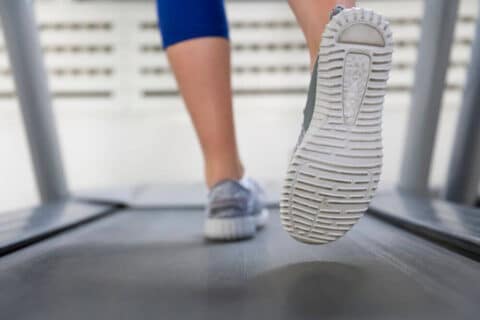As we age, walking becomes more difficult. Walking for seniors has many benefits but it is important to know the right way to do it. Walking can be hard on your body if you are not doing it correctly and here’s how to make sure that you’re doing things properly.
Contents
Dos
Walking is a great form of exercise, especially for seniors who are looking to be more active. Walking helps with joint health and mobility in addition to reducing the risk of diseases like diabetes and hypertension. Walking also has been shown to increase energy levels by releasing endorphins into your bloodstream which can help improve moods or provide mental clarity. But one should take into mind the best practices for walking.
Read More: 10 Best Walking Treadmills for Seniors on Amazon Today
Surface Level
Walking should be done on a level surface. Walking uphill has its own challenges and can cause joint pain so walk downhill whenever possible.
Smaller Steps
Take smaller steps to reduce the amount of stress you’re putting on your knees, ankles, back, hips or feet. Large strides before too long will make it difficult for seniors to continue walking because they are reaching out further than their base support area, which puts more pressure onto these joints in turn leading to injuries like falls and sprains.

A Cane can be Handy
If there is a cane available use it as an aid when taking larger steps but only after consulting with the doctor about using one if needed. A cane might also help improved balance by giving something else that’s not changing the distance between each footfall (like a cane) to have something else on which the body can rely.
A Walking Stick is Another Option
If there isn’t a cane present or if you find that your regular mobility aids are not working, then using a walking stick as an aid might help maintain stability and prevent falls. Walking sticks help provide more balance by giving another point of contact with the ground (like from one foot to the next). Walking sticks also give seniors extra points of support for their arms so they won’t tire out too quickly when trying to walk long distances.
A Friend in Need
Walking with a friend who can help in case of an emergency is the best way to make sure you feel safe.
Wear Appropriate Shoes
Wear supportive shoes and have someone else pick out a pair if you’re not sure what will work for your feet. This may include orthopedic sneakers, dress walking shoes, or boots at least one size larger than normal footwear.
Do Stretch
Do stretch before and after walking. Walking for seniors can help with muscle soreness but it’s also important to do a few stretches before you start your walk as well.
Go Easy on Your Joints
It’s important to go at a slower pace when walking. Walking too fast will put more pressure on your joints and if you’re not used to it then you might want to start slowing down gradually as the walk gets harder.
Use Good Form
Walk with good posture and make sure to keep your back, neck, shoulder blade, pelvis, and knees aligned.
Listen to Your Body
Take it easy, if you find yourself tired then stop and take a break. Walking should be about not pushing your limits but feeling good while still getting some exercise throughout the day.

Stay Hydrated
Staying hydrated will help prevent dizziness and lightheadedness. Walking for seniors is no easy task but following these Dos and Don’ts, you’ll be able to continue walking with ease.
Rest Up
Walking should be done in moderation and when you have the time. Walking for too long will lead to injury, pain or exhaustion so take a break between walks and make sure that your body is rested before starting up again.
Consult Your Doctor First
Make sure to consult with your doctor before starting a new walking routine. Walking can help prevent some diseases, but if you have any preexisting conditions then it’s important that these be taken into consideration when planning out a new walking routine and whether or not this is something you want to start.
Don’ts
Walking is great exercise but there are some things that seniors should be cautious of while they do so:
Walking in Walking Shoes for Too Long
If you’re walking too long or on surfaces that are not level then, it would be a good idea to change into comfortable shoes after some time. Walking too much can affect the feet which leads to other issues like bunions or plantar fasciitis so try not to walk more than two hours at a time if possible.
Walking without Proper Gear Like Walking Stick
Unless you have an injury where there is a need for one of these aids either from a doctor’s recommendation or because of old age-related problems then don’t use them unless necessary as they are reaching out further than their base support area, which puts more pressure onto these joints in turn leading to injuries like falls and sprains. Walking sticks can help with stability by giving another point of contact with the ground (like from one foot to the next). Walking sticks also give seniors extra points of support for their arms so they won’t tire out too quickly when trying to walk long distances.
Walking Too Fast
You must go at a slower pace as walking fast will put more pressure on your joints and if you’re not used to it then start slowing down gradually until walking becomes easier. Walking should be about not pushing limits but feeling good while still getting some exercise throughout the day. Walking slowly is better because it conserves your energy and makes it easier on the joints.
Walking Too Far
It’s best to start with short walks for at least a few weeks before increasing the distance or intensity of walking, especially if you’re not used to exercising like this already. Walking should be done in moderation and when you have the time so don’t overdo it or push yourself too hard because that will lead to injuries that can take time to heal depending on severity.
Do Not Walk in Hot or Cold Weather
One shouldn’t walk when their surroundings are either excessively hot or cold because this can lead to injury and increase the chances for falls. Walking outside requires appropriate clothing, footwear, and an insulated sun hat depending on what time of year it is all for someone to stay safe from heatstroke or frostbite respectively. Walking indoors with proper clothing is a better alternative and will allow seniors to continue their walking exercise without worrying about the weather or how far they should go.
Do Not Walk in Puddles or Other Wet Surfaces
Walking on wet surfaces can lead to slips, falls, sprains, and even fractures because of how slippery it becomes when wet. Walking too much can also cause pain by putting more pressure onto joints which could be aggravated by having to walk through puddles as well. Walking shoes are not waterproof so if you’re going outside then make sure your socks are dry before wearing them again for another walk. When indoors try not to wear any water-based footwear like slip-on but opt instead for something that has some traction such as sneakers with rubber soles or regular shoes.
Do Not Walk in Places With No Walking Surface Such as a Playground
When walking on surfaces like playgrounds, sandboxes, grassy fields, dirt trails, or other places that have no designated surface to walk on then it’s best not to because these can lead to falls and injuries too much faster depending on the terrain of where one is at when they are outside. Walking should be done only when there’s an appropriate surface for it so make sure you’re aware of what type of ground you’ll be treading before going out again if this will happen often.

Do Not Walk Alone Outside with No One Else Present
Walking alone means having nobody else present during the time while doing so which would put seniors at a higher risk for fall injuries or other accidents. Walking with others is best and can be done in groups but if they are unavailable then walk on sidewalks, parks with plenty of people around as this will help keep seniors safer from potential harm or injury.
Final Words
Walking for seniors is a great form of exercise, but it can also be dangerous. You might think that you’re being helpful to offer some pointers on how to walk to keep your friend safe and healthy while they go about their daily routine.
However, this type of guidance could make things worse since the person may become self-conscious or embarrassed by what you say. If all else fails, try giving them an encouraging pat on the back which will let them know they are doing well without judgment!


